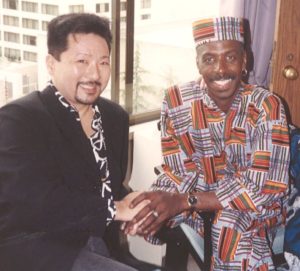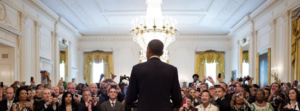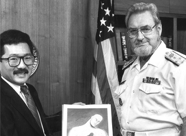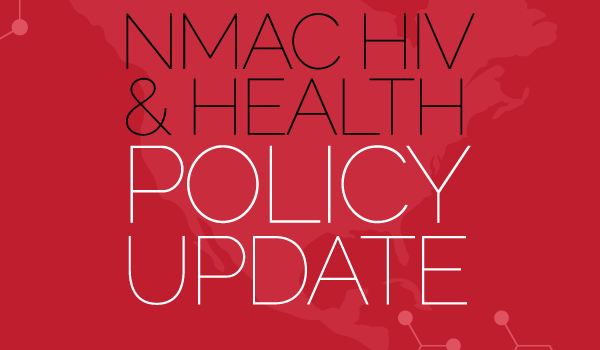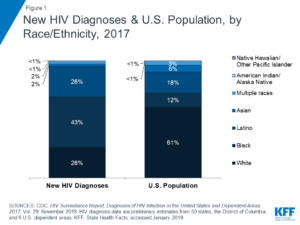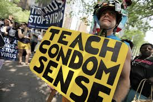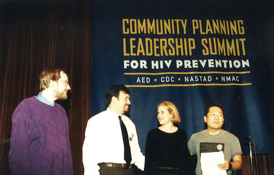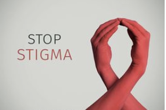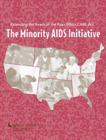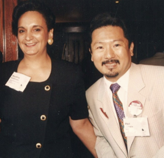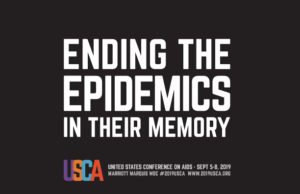 Our movement is about to come full circle as we build plans to end the HIV epidemic and hopefully the syndemics of STDs and hepatitis. We stand on the shoulders of heroes who fought an unknown virus. The lessons learned during the plague years formed the foundation and strength of our work. To memorialize their courage and sacrifice, the theme for the 2019 United States Conference on AIDS is Ending the Epidemics in Their Memory.
Our movement is about to come full circle as we build plans to end the HIV epidemic and hopefully the syndemics of STDs and hepatitis. We stand on the shoulders of heroes who fought an unknown virus. The lessons learned during the plague years formed the foundation and strength of our work. To memorialize their courage and sacrifice, the theme for the 2019 United States Conference on AIDS is Ending the Epidemics in Their Memory.
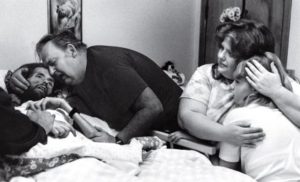 It is impossible to fully describe the early years. Those unspeakable times became part of the DNA in our movement. We learned to fight back because nobody would take care of our friends. Food was regularly left outside of hospital rooms, funeral homes refused to cremate our partners, and the list goes on. These harsh lessons taught us that the fight against the virus was also a fight for civil rights, equality and justice.
It is impossible to fully describe the early years. Those unspeakable times became part of the DNA in our movement. We learned to fight back because nobody would take care of our friends. Food was regularly left outside of hospital rooms, funeral homes refused to cremate our partners, and the list goes on. These harsh lessons taught us that the fight against the virus was also a fight for civil rights, equality and justice.
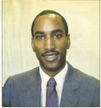 As we build plans to end the epidemic, USCA honors and remembers the leaders who made this moment possible. Leaders like Craig Harris, one of NMAC’s founders and our first board chair. In 1986 Craig jumped onto the stage of the American Public Health Associations’ first plenary on AIDS because all of the speakers were white. He grabbed the microphone and said, “I will be heard.” NMAC, like many HIV organizations, started as a protest to the unfair and unequal treatment of communities highly impacted by HIV. We lost Craig early in the epidemic, but his vision for racial justice is still core to NMAC and hopefully all of our work to end the epidemic.
As we build plans to end the epidemic, USCA honors and remembers the leaders who made this moment possible. Leaders like Craig Harris, one of NMAC’s founders and our first board chair. In 1986 Craig jumped onto the stage of the American Public Health Associations’ first plenary on AIDS because all of the speakers were white. He grabbed the microphone and said, “I will be heard.” NMAC, like many HIV organizations, started as a protest to the unfair and unequal treatment of communities highly impacted by HIV. We lost Craig early in the epidemic, but his vision for racial justice is still core to NMAC and hopefully all of our work to end the epidemic.
Who was your Craig Harris? Who was the person that exemplified strength and courage in the face of great adversity? USCA wants to honor their names. As we build plans to end the epidemic, it is important to remember that our work is rooted in struggle, discrimination, prejudice, and hate. This is an epidemic that mostly impacts people on the margins of the mainstream. Our work was never about soccer moms, but we are thankful for their support.
This year’s USCA will have two walls with the names of leaders we lost in the struggle; leaders who were the “sparks” that ignited your agency or community. Our online only program book will tell their stories. Unfortunately, there are too many heroes and too many stories that are forgotten. USCA is collecting names, photos and stories of heroes in the struggle. Please email this information to communications@nmac.org by June 21 to be included on the wall and in the online program book.
Our movement is extremely diverse, but sometimes our history gets written from limited perspectives. Please help NMAC document the diversity of stories and leaders in our movement. We hope to hear from middle and rural America, people of color, the transgender community, the South, women, youth, elders, drug users, and LGBTQ communities because they are all key to our efforts to end the HIV epidemic. We are writing history. Let’s remember the courage and strength of the heroes who are gone too soon. Their lives form the foundation for our work and commitment to justice, equality, and civil rights.
Also, don’t forget that the Early Bird Registration rates for USCA end THIS Friday! Register now and don’t miss out on the lower rate!
Paul Kawata
30 Years of Service
